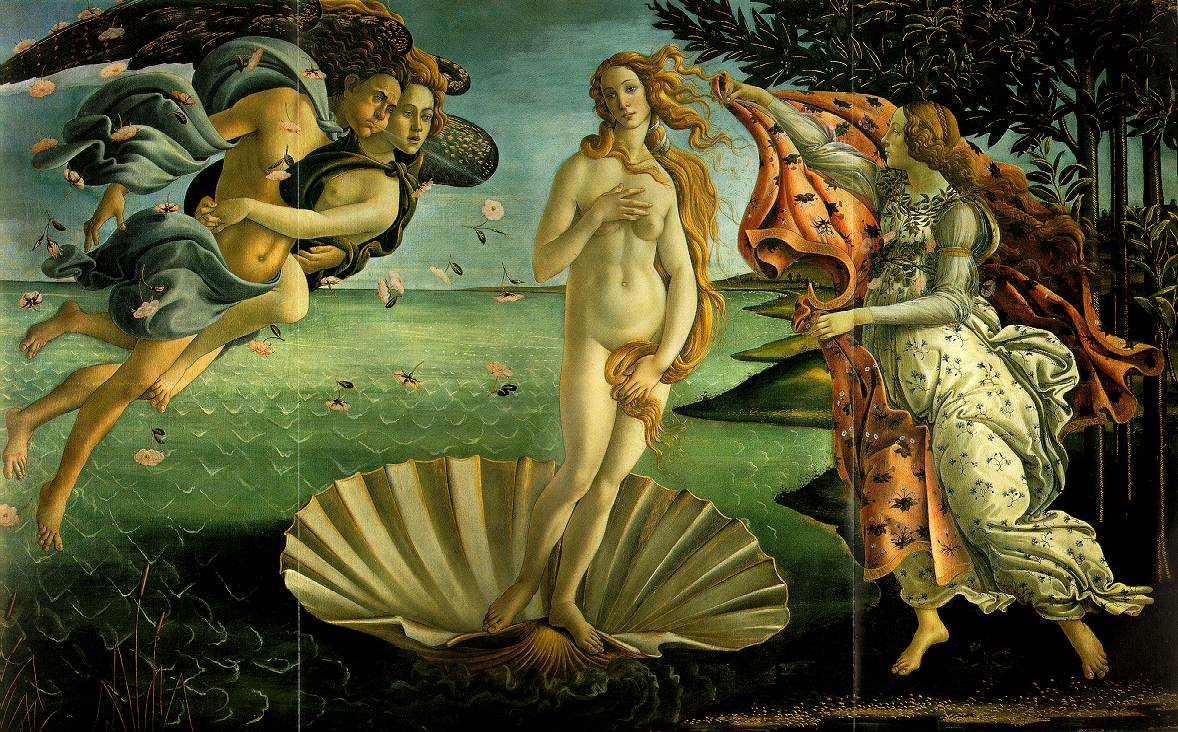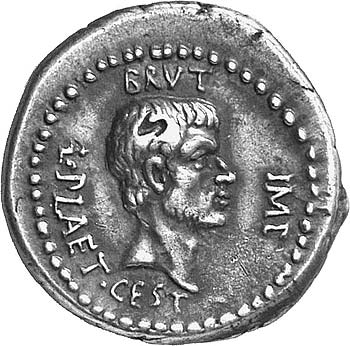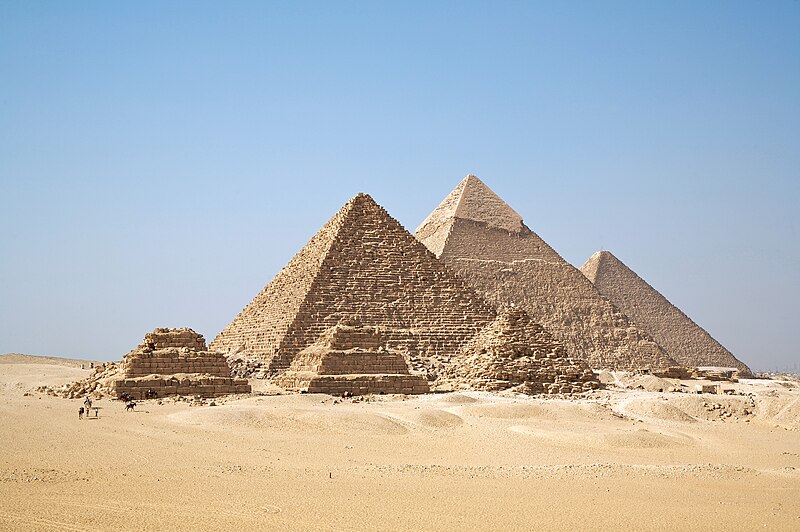the 21st Century - Today and the future
the 21st Century has offered us the peak of Technology thus far, technology is still continuing to grow at a rapid pace. As well as computers, technology today offers us smart phones, ipads, Faster internet connection, online gaming, multiple softwares with their own purposes of use and 3D animation.
Animation graphics is still expanding, offering us realistic movement and also highly detailed textures, humans facial expressions can now be recorded straight onto software using motion scan technology such as L.A Noire,. This allows a more realistic, fun experience for gaming and animation visuals. Bodily movements can also be recorded onto software, for example; Smeagle in Lord of the rings.
 |
| Example of motion scan technology, source: http://atarireel.blogspot.co.uk/2011/06/review-la-noire.html |
Dreamworks animations graphics has also vastly improved and continues to do so. expressions are always shown on a characters face and hair now has ragdoll movement and realistic texture. (See Brave image below) Skin textures and separate clothing textures are all taken into consideration within the gaming and animation industry.
 |
| Xcreenshot of 2012 film Brave, source: http://www.filmofilia.com/wp-content/uploads/2011/11/BRAVE_image.jpg |
The gaming industry has been refamiliarizing previous used technology, when the person moves - as does the games character. Certain movements within few games will depict what the character on the game does. Gaming is now allowed to have more impressive visuals for a new type of texturing has been introduced. Rather than using a blockesque texturing that will take up memory, software will soon be able to allow to apply everything being hand rendered in dots, rather than cubes and lines. This will be abreakthrough within technology today because it will be unlimited detail for gaming graphics.
Having allowed more space onto discs and cartridges, console games will be able to do the same. The new Animal crossing: Jump out - has a special kind of cartridge for the 3DS, allowing more memory to go into the cartridge to improve the quality on the games visuals and content - quality and quantity. Though this recent technology has come to a downside, the cartridges thus far have now sold out and the gaming company will need more of these specific cartridges to be created; therefore stopping sales for up to six months before there is anymore cartridge releases of the game.
| http://www.another-castle.com/attachment.php?attachmentid=927&d=1354282347 |
To prevent an entire halt to downsides like these, the console gaming industry all now have an online downloading system where customers can download their games from their online store - onto the console itself or the memory drive within the system or a portable memory device put into the system; and play using this method. Nintendo has animal crossing both on cartridge and online, so people may continue to play their game if they are connected to the internet.
As for the social networking aspect; technology has allowed people to access the internet wherever they go, smart phones allow you to access the internet and talk to other people whenever you wish. Whether it be via text message or phone call, Facebook chat or Skype. Smart phones also allow you to play games wherever you go - and access any website they wish to update their status or add a new photo etc. using an Application which you download. Ipads are similar to this but have more of a technology withhold to them. allowing to play higher graphics games and a higher selectin of higher quality apps which the phone may not allow - unless there is a downgraded version of this application made specifically for the phone.
 |
| http://i-cdn.phonearena.com/images/reviews/119582-image/Samsung-Galaxy-Note-II-vs-Galaxy-Note-07-jpg.jpg |
3D is also a recent expanding technology, Television screens, Cinema screens and even a portable gaming screen allow you to view your content in 3D - so long as it's supported. Computer moniters also allow 3d viewing, allowing your PC games to be a more visually pleasing experience if the customer preffers 3D. The Nintendo 3Ds is also the first console which allows 3D without the need of 3D glasses. Cinema and moniters and TV screens require glasses in order for the 3D to be viewed. However with the 3DS viewing may only lead up to an hour and the player must have the screen at a certain distance and position. If these rules are not applied the viewer will gain bad eyesight and may experience a headache.
The future
I believe the future of technology will hold better graphics for gaming and animation - as well as special effects. Textures are only becoming near to realism today and every surpassing game that is being released only gets more and more closer to realism - though graphics will also be able to be stylized - the movement will have improved and the style could be more exaggerated than it has been recently. I think that motion scan technology will become more popular for the gaming and animation industry, game characters will be moving as if in real life, rather than they do now with repetative movement animations.Not only will graphics be vastly improved in the future; but robots may also be released for everyone. so far in Japan they have created a Honda robot and are creating realistic looking robots that talk but not yet walk. The Honda robot however can walk, up and down stairs. It can also grab a drink and pass it to someone when told to let go. This is being prototyped so far and they already have a model design they will be sticking with.
 |
| http://www.blogcdn.com/www.autoblog.com/media/2011/11/webasimo-cup.jpg |

















